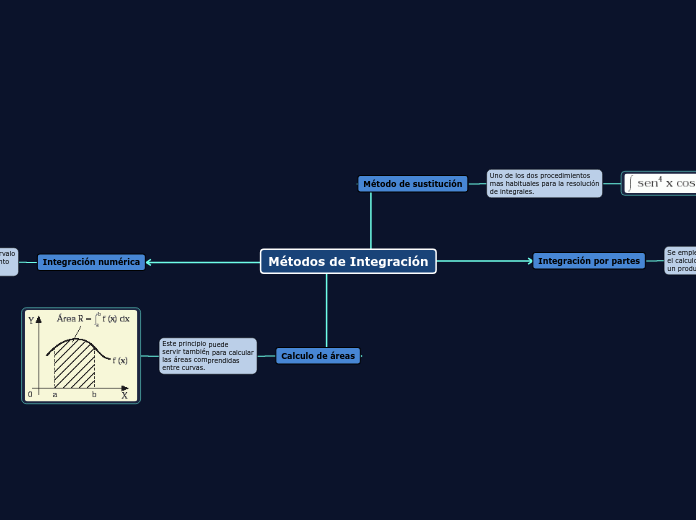Tipos de Estrategias
To name your story, you have to think about the overall message and what you want your audience to understand from the story. Also, make it relevant and easy to remember.
Estrategias para PyMes
Mantener comunicación con el cliente
Dar obsequios al cliente
Brindar una atención personalizada
Participar en redes sociales
Hacer publicidad en Internet
Buscar recomendaciones
Usar testimonios
Contar con una diferenciación
Especializarse en un solo tipo de producto
Segmentar bien el mercado
Estrategias de internacionalización
Transnacional
Como se comercializan los productos en cada país
Global
Potencial de la empresa para los mercados internacionales
Multidoméstica
Adaptación de productos a cada país
Estrategia internacional
vender bienes y servicios
fuera de su mercado interno
Estrategias ofensivas
Estrategias de prevención
Ofensivas de guerrilla
Ofensivas con fines de contender
Iniciativas simultáneas en numerosos frentes
Iniciativas para aprovechar las debilidades del competidor
Iniciativas para igualar o exceder las fortalezas del competidor
Estrategias Defensivas
Liquidación
Venta de productos de su valor tangible
Enajenaciones
Venta de una división o parte de una empresa
Recorte de gastos
Reducción de costos y activos
Estrategias de Cooperación
Adquisiciones
Una empresa grande compra a una pequeña
Join Ventures
Dos empresas distintas crean una propia
Fusiones
Dos empresas se fusionan para crear una sola
Alianzas estratégicas
Alianza entre dos o más empresas
Estrategias de Diversificación
The ending of a story is essential. We all know that if the ending is weak, what happened before loses its importance. So make it unpredictable, but fair. A resolved ending answers all the questions and ties up any loose threads from the plot.
Conglomerada
Introducción de nuevos productos fuera de la gama
Concéntrica
Introducción de nuevos productos de la misma gama
Vertical
This is the closure section of the story.
See examples of possible outcomes below:
- all problems have been solved
- it's clear how each one of your characters ends up
- your main character is transformed by the challenge
La empresa es su propio cliente y proveedor
Try answering these questions to come up with a closure:
- Have all the problems been solved?
- Is there a clear picture of what happens with each character in the story?
- Has the challenge transformed your main character?
- How do the characters feel in the end?
This is the moment when the main character surpasses the last obstacle and finally faces their greatest challenge.
The climax usually follows one of these patterns:
- realization
- resolution
- choice
Type in your answer.
Cambian los formatos de venta, pero no el enfoque
Estrategias Intensivas o de mercado
The middle of the story is where you add layers of complications that will lead to the end. Reveal more about the character's journey. Did their personality go through changes? How did they overcome the challenges? And as you build up the story’s central conflict, make it more personal to that character. Also, from the middle act, you have to lead into the final act.
Desarrollo de productos
There wouldn't be any tension and excitement in your story if there weren't any obstacles in your character's way.
Aumento en ventas
A story is nothing more than a character overcoming a series of difficulties to reach the desired goal. Obstacles usually create suspense and conflict. In overcoming obstacles, there is growth: weak becomes strong; hatred turns into love; sadness into happiness; wrong into right; lies into truth; or evil becomes good.
See a few examples below:
- stopping a meteor
- finding a killer
- finding love
Desarrollo de mercados
Your character(s) need(s) motivation in order to solve the challenge(s).
Introducción
Secondary characters might also have motives that lead them to cross paths with the main character or which might trigger them to help the main character.
Penetración en el mercado
Each story has a main character and that character usually needs to solve a problem or challenge. The character's challenge is the one that creates tension throughout the story.
Participación
In most stories, there are 3 challenges. The number 3 is a mystical number symbolizing completeness. Try to come up with interesting challenges with which your character needs to struggle.
See a few examples below:
- turns into a werewolf at night
- is sent back in time
Estrategias de Integración vertical
Horizontal
Control en competidores
Integración hacia atrás
Control en proveedores
Integración hacia adelante
Control en distribuidores o vendedores
Estrategias Genéricas de Porter
In the beginning of the story (or the exposition), you will need to introduce the setting and characters. You might also want to introduce the main conflict. This part of the story is important because it gives the reader necessary background information and maybe even a first insight into a character’s personality.
De enfoque
Compradores particulares
Diferenciación
The setting (time & place) of a story can change throughout the plot.
Diferenciación del producto o servicio
The weather is an important element in your story because it can highly influence the ambiance and the mood of the characters.
Liderazgo general en costos
Characters are essential to a good story. Usually, the protagonist(s) is/are the most affected by the plot. Introduce a character by focusing on their actions, interests, and occupation, as the physical appearance doesn't make a difference in most cases.
Productor de menor costo
Type in the name of your character.










